Electric vehicles are evolving beyond mere transportation devices into sophisticated power management systems, thanks to bidirectional charging technology. This innovative feature allows EVs to not only receive power but also send it back to buildings, other vehicles, or the electrical grid, creating a dynamic energy ecosystem that could reshape our approach to power consumption and storage.
Bidirectional charging, also known as vehicle-to-everything (V2X) technology, encompasses several distinct applications. Vehicle-to-grid (V2G) enables cars to feed energy back into the power grid, vehicle-to-home (V2H) allows EVs to power residential buildings, and vehicle-to-load (V2L) lets vehicles charge other electrical devices or even other EVs.
The technology’s potential impact on daily life is substantial. During peak energy demand periods, utility companies could tap into connected EVs to supplement grid power, reducing strain on traditional power plants and potentially preventing blackouts. Homeowners could use their vehicles as backup power sources during outages or to offset high electricity rates during peak hours. This functionality essentially transforms EVs into mobile power banks with storage capacities far exceeding typical home battery systems.
Currently, several automakers are leading the charge in bidirectional technology implementation. The Nissan Leaf pioneered this capability, featuring CHAdeMO charging technology that supports bidirectional power flow. However, the newer Combined Charging System (CCS) standard is gaining prominence, with manufacturers like Volkswagen, Ford, and Hyundai incorporating this technology into their latest models.
The Ford F-150 Lightning has garnered significant attention for its robust bidirectional charging capabilities. When properly equipped with Ford’s Home Integration System, this electric pickup can power an average home for up to three days during outages. Similarly, the Hyundai IONIQ 5 and Kia EV6, built on the E-GMP platform, offer V2L functionality, allowing owners to power everything from camping equipment to emergency tools.
However, implementing bidirectional charging requires more than just vehicle capability. Special charging equipment and home integration systems are necessary to safely manage power flow between vehicles and buildings or the grid. These systems include inverters to convert the DC power stored in EV batteries to AC power used in homes, along with safety features to prevent backfeeding during power outages, which could endanger utility workers.
The financial implications of bidirectional charging are compelling. Utility companies in some regions offer incentive programs for EV owners who participate in V2G programs, providing revenue opportunities for vehicle owners. Additionally, the ability to use vehicle batteries for home power during peak rate periods can significantly reduce electricity bills. Some estimates suggest annual savings of hundreds or even thousands of dollars, depending on local utility rates and usage patterns.
Market analysts predict rapid growth in bidirectional charging adoption. The technology aligns perfectly with the broader transition to renewable energy, as EVs can serve as distributed storage systems to help balance the intermittent nature of solar and wind power. This capability becomes increasingly valuable as more regions push toward renewable energy goals and grid stability becomes more challenging to maintain.
Several challenges remain before widespread adoption becomes reality. The additional cycling of EV batteries through bidirectional charging raises questions about long-term battery degradation, though manufacturers are addressing this through sophisticated battery management systems and warranties that cover bidirectional use. Infrastructure costs also present a barrier, as specialized charging equipment can require significant investment.
Standardization efforts are underway to ensure compatibility across different vehicle brands and charging systems. The development of the ISO 15118-20 standard promises to create a common framework for bidirectional charging, potentially simplifying implementation and reducing costs through economies of scale.
Looking ahead, bidirectional charging could fundamentally alter our relationship with energy consumption and storage. The technology enables a more resilient and flexible power grid while offering individual consumers greater energy independence and cost-saving opportunities. As more vehicles gain this capability and infrastructure expands, we may see the emergence of new business models and services built around mobile energy storage and distribution.
The environmental benefits are equally significant. By enabling better integration of renewable energy sources and reducing reliance on peaker plants (power plants that operate only during high demand), bidirectional charging could help decrease overall carbon emissions from the power sector. This aligns with global efforts to combat climate change while making the power grid more resilient and efficient.
For consumers considering an EV purchase, bidirectional charging capability might soon become a crucial factor in the decision-making process. As the technology matures and more vehicles offer this feature, the ability to use an EV as both a transportation device and a power source could provide compelling value beyond mere mobility. This evolution represents another step toward a more sustainable and interconnected energy future, where vehicles serve as integral components of our power infrastructure rather than just endpoints for energy consumption.





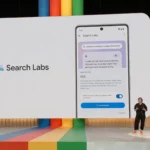

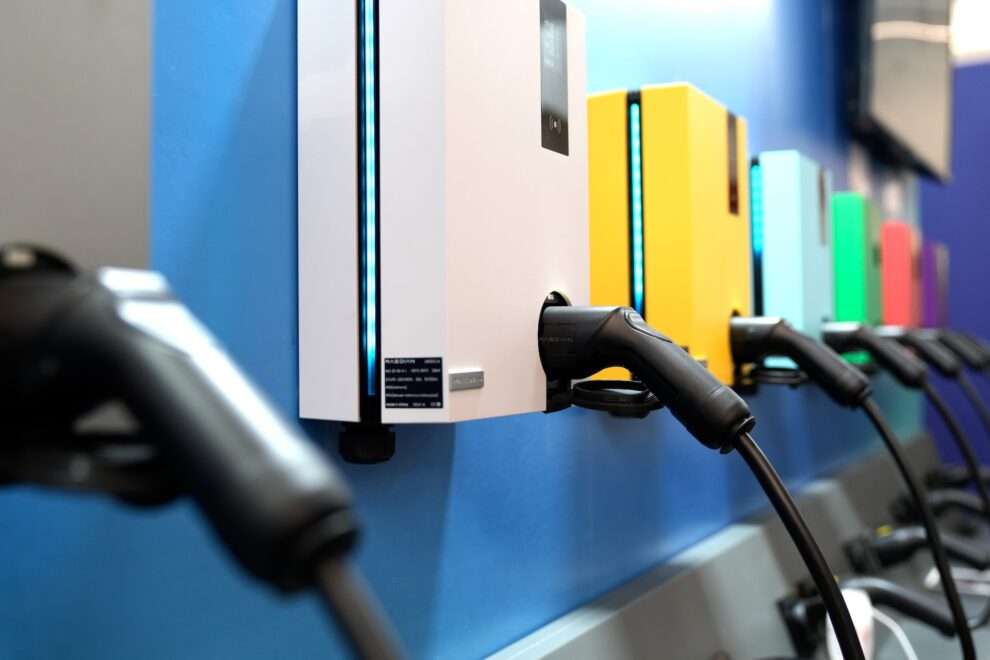
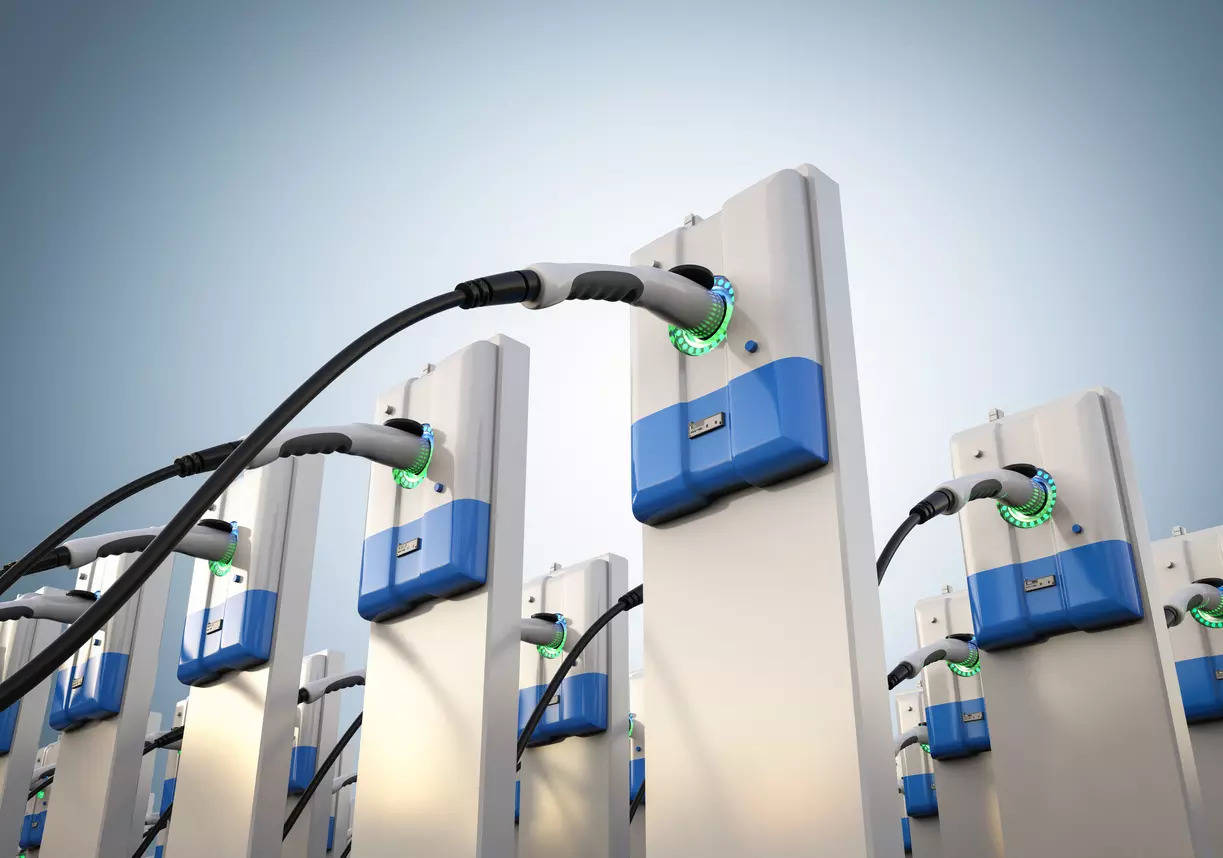
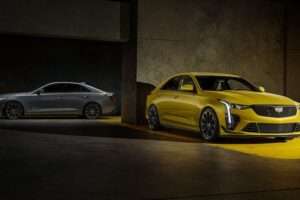
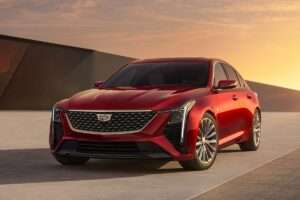
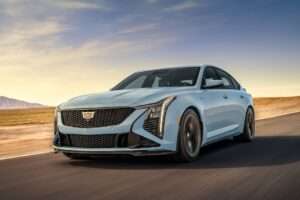





Add Comment